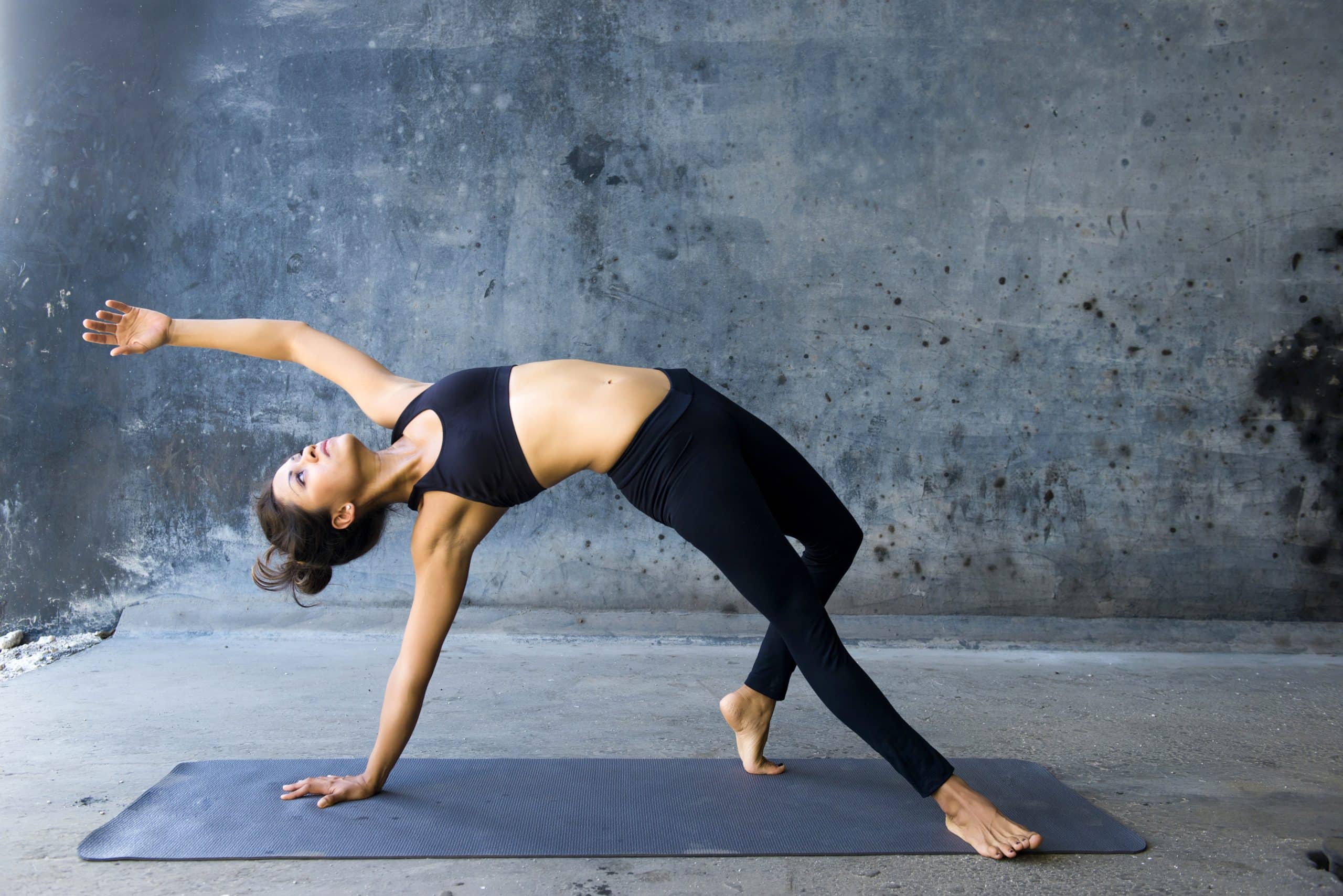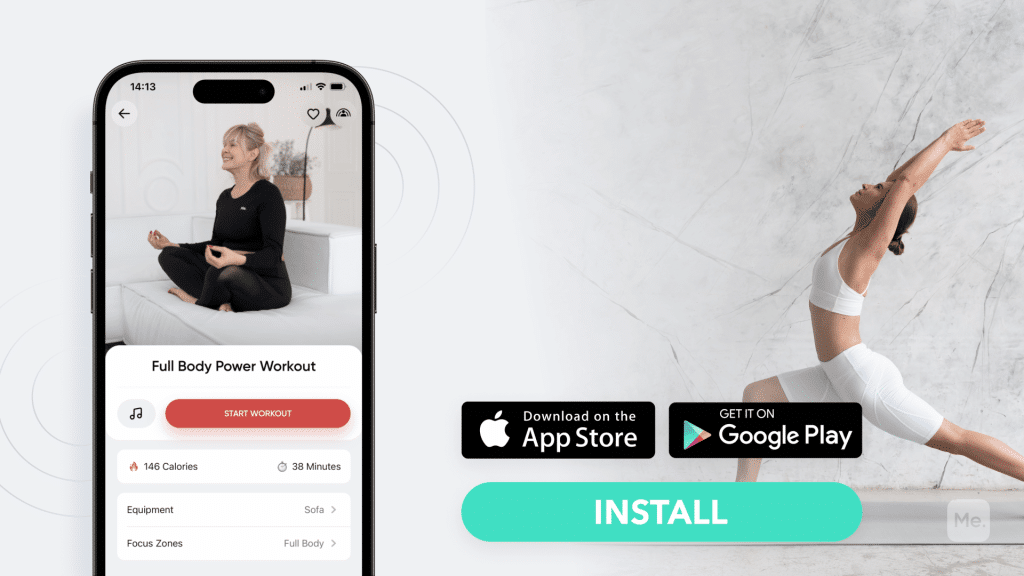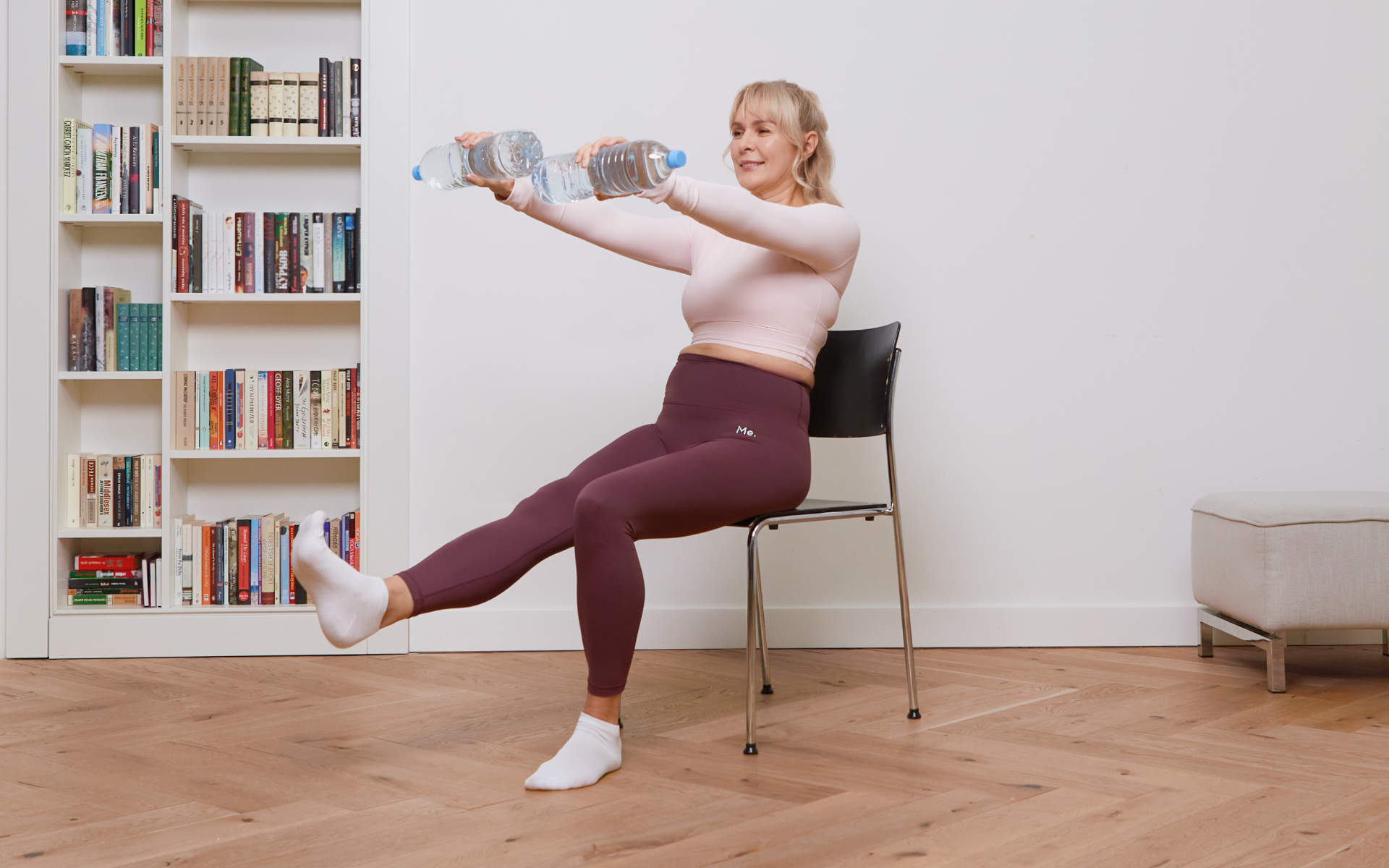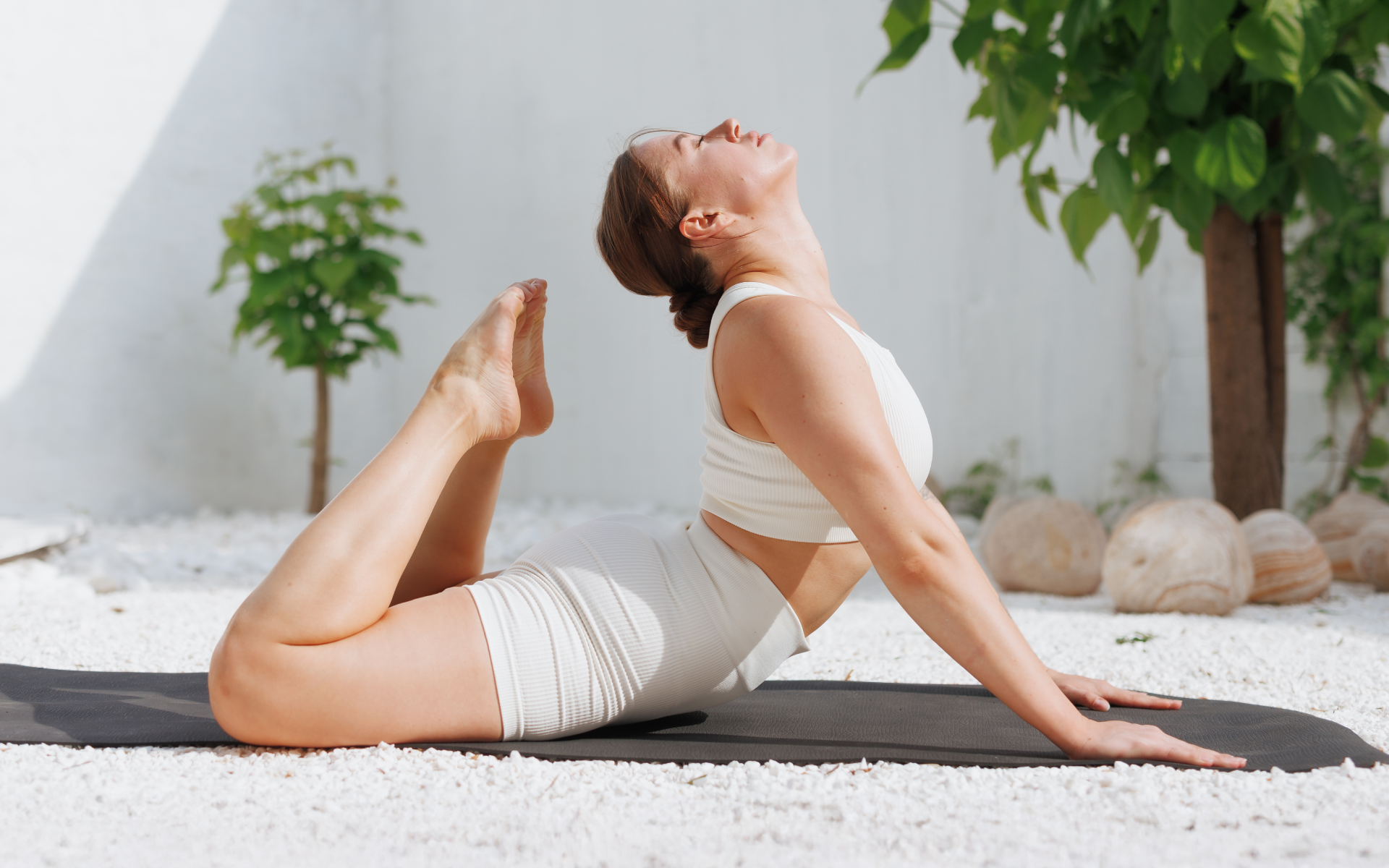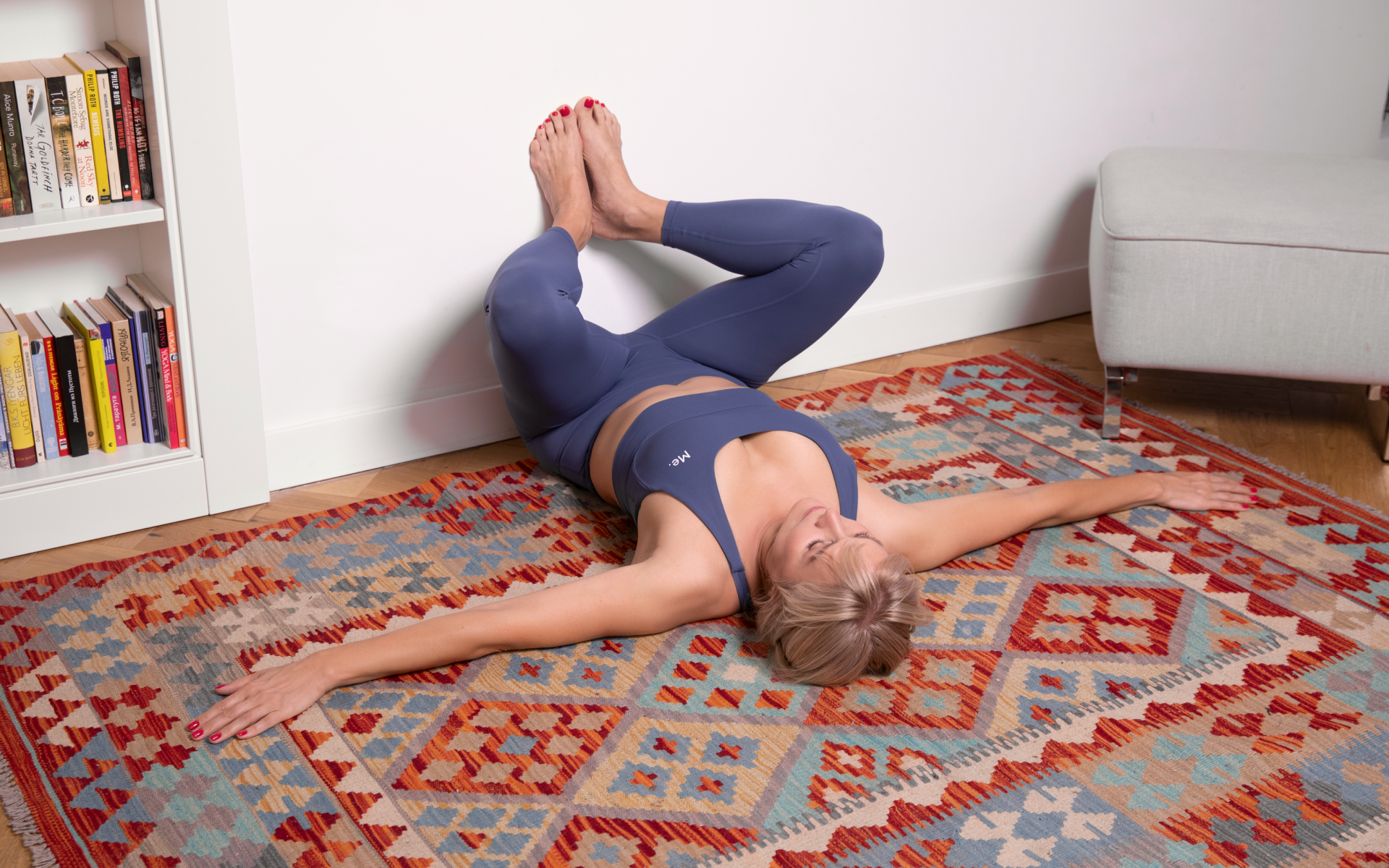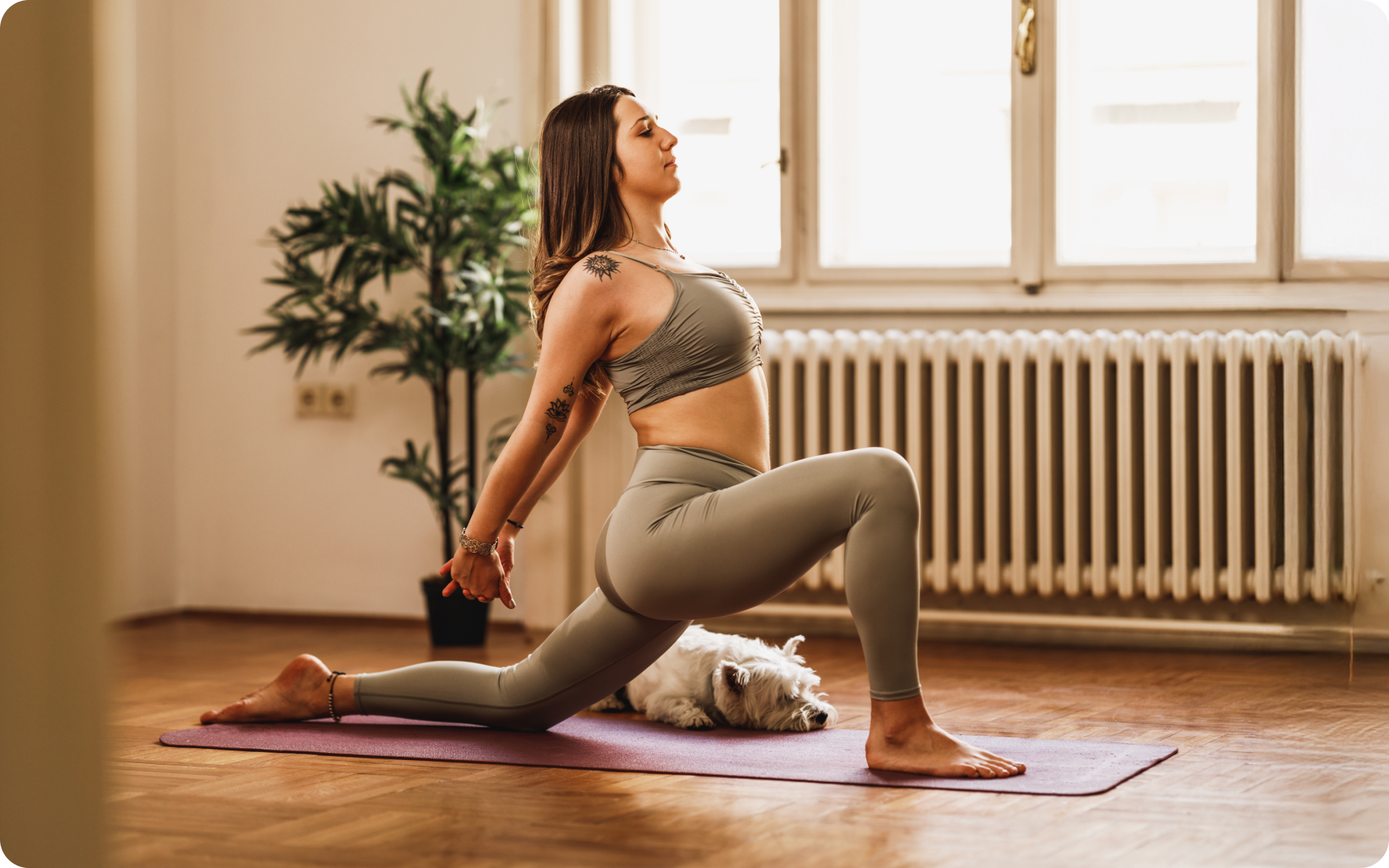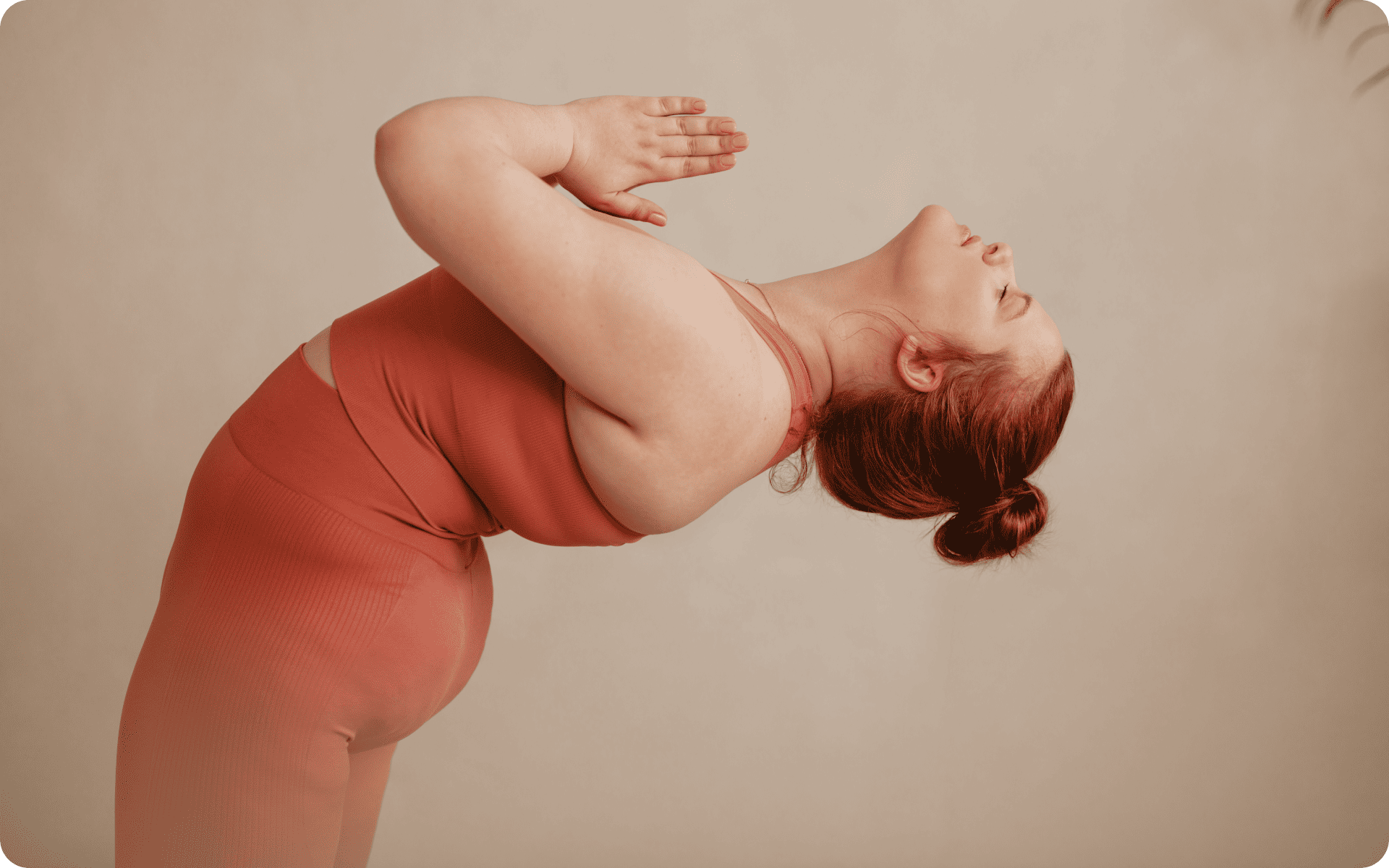Did you know that each time you breathe, your body and mind are affected in some way? On a physical level, the breath has a direct impact on our heart rate, blood pressure and digestion. On an emotional level, it can bring greater mental clarity as well as a sense of calmness and peace. It’s no wonder that yoga breathing exercises are so beneficial; they help to bring balance both to our bodies and minds. Also called “pranayama”, these breath exercises have been used for thousands of years to help promote physical and mental well-being (3). This is why we’ve put together a list of the top 9 yoga breath exercises to help you enhance your mind and body balance. We’ve also included detailed descriptions to help get you started.
Get your personalized
meal plan!
What Are Yoga Breathing Exercises?
Yogic breathing exercises, known as pranayama, are an integral part of the practice. The word pranayama is composed of two Sanskrit words: “Prana,” which means life force or energy, and “Ayama,” which means to extend or draw out.
Pranayama breathing exercises help regulate the flow of prana or energy in our bodies by teaching us how to control our breath through various techniques (4). It is said that by controlling the breath, we can control prana, which in turn helps us to balance and harmonize our energy system as well as our mental and emotional states.
From a physical standpoint, the practice of pranayama helps expel toxins from our lungs and aids in the oxygenation of tissues. It also helps to lower blood pressure and heart rate, increase lung capacity, improve digestion, reduce stress and even help with insomnia.
Pranayama breathing exercises can be broken down into two broad categories: active or dynamic breath techniques and passive or restorative techniques. Active breathing techniques focus on creating heat and energy within the body, while passive techniques are used to restore harmony and balance.
Interestingly, pranayama breathing exercises are said to not only help harmonize the physical body but also awaken the Kundalini energy that resides within us. As we practice, this energy is said to rise up the spine and eventually dissolve into our crown chakra (the highest spiritual center), allowing for a heightened state of consciousness and inner wisdom (2).
Whether or not you believe in the spiritual aspect of pranayama, it is undeniable that this practice provides numerous physical and mental benefits. By practicing conscious breathing techniques, we can learn to better control our breath and become more mindful of our body and mind. This newfound awareness can be life-changing and help us to become more present and awake to our own unique potential.
Read More: Try These Root Chakra Yoga Poses To Feel Secure And Grounded
How Breathing Exercises Can Help You Yoga
The benefits of yoga breathing exercises can be divided into two main categories: scientific (evidence-based) and anecdotal (experience-based).
Scientifically speaking, yoga breathing has been shown to increase the flow of oxygen through the body, resulting in improved physical and mental health (1). An increased oxygen supply can help reduce anxiety and depression, improve energy levels, reduce muscle tension, and improve cardiovascular health.
Anecdotally, many practitioners have reported feeling a sense of calm and relief after practicing yoga breathing exercises (4). This is due in part to the intentional focus on breathing while doing the poses, which helps to reduce stress and tension. It has also been noted that regular practice of yoga breathing can help with emotional regulation, allowing better control over thoughts and reactions.
Aside from these mental benefits, yoga breathing exercises can also be useful in enhancing physical performance (1). By teaching us to take deep, slow breaths while moving through the poses, we can increase our range of motion, improve our posture, and reduce the risk of injury.
9 Yoga Breath Exercises To Try
There are many different breathing exercises you can use in your yoga practice, but here are a few simple ones to get you started:
1. Ujjayi Pranayama Aka Victorious Breath/Ocean Breath
Picture a beach, the sound of waves crashing against the shore. Now bring that sensation into your body with this ocean breath technique. Ujjayi breath involves deep, slow inhalations and exhalations through the nose. It’s intended to soothe and energize your body, while also helping to relax your mind.
To perform Ujjayi breath:
- Start by breathing in deeply through the nose and directing your inhalation to the back of your throat.
- Create a slight constriction at the back of your throat to create a slight whisper sound while you exhale.
- Continue this pattern for several breaths, letting the sound and rhythm of the ocean waves guide your breath.
- When you’re ready, gradually increase the length of your inhalations and exhalations.
If you wish to free yourself from all the extra pounds that have been weighting you down for way too long, start using the BetterMe app and overhaul your entire life!
2. Sama Vritti Pranayama Aka Equal Breath
Sama Vritti Pranayama is a calming form of breathwork that can help balance your energy and reduce stress. It involves breathing in and out for the same length of time. Ideally, you want to strive for a 4-count breath, but you can adjust the time to what feels comfortable for you.
To perform Sama Vritti Pranayama:
- Begin by inhaling slowly through your nose for a count of 4.
- Hold your breath for a count of 4.
- Exhale slowly through your nose for a count of 4.
- Hold your breath for a count of 4.
- Continue this pattern for several breaths, adjusting the length of time if needed.
3. Nadi Shodhana Pranayama Aka Alternating Nostril Breath
Nadi Shodhana Pranayama is a breathing practice used in yoga and meditation to help reduce stress and anxiety. It involves alternating between the left and right nostrils as you inhale and exhale. This practice helps to bring balance to the energy pathways in the body, allowing for a more relaxed and clear state of mind.
To perform Nadi Shodhana Pranayama:
- Start by bringing your right hand in front of your face and lightly resting it on your forehead.
- Press down on the right nostril and inhale slowly through the left nostril.
- Release the pressure on the right nostril and press down on the left nostril as you exhale out of the right.
- Inhale through the right nostril, release the pressure and exhale out of the left.
- Continue this pattern for several breaths, alternating between the two nostrils.
4. Bhramari Pranayama Aka Humming Bee Breath
Bhramari Pranayama is a powerful pranayama practice that uses the sound of a buzzing bee to bring relief from stress, anxiety and anger. By directing your focus on this sound, you are able to bring your mind and body into a state of relaxation. It can also help improve concentration and focus.
To perform Bhramari Pranayama:
- Start by closing your eyes and taking a few slow, deep breaths.
- Inhale deeply through your nose and then exhale while making a low humming sound like a bee with your tongue against the roof of your mouth.
- Continue this pattern for several breaths, allowing the sound to resonate in your body and relax your mind.
- When you’re ready, gradually increase the length of time for each inhalation and exhalation.
5. Shiitali Kumbhaka Aka The Cooling Breath
Cooling Breath or Shiitali Kumbhaka is a type of pranayama, which is a yoga practice for controlling the breath and releasing energy blocks. It is considered to be a restorative practice and an effective way to cool down the body, reduce stress, and calm the mind.
It is primarily used to reduce the heat of Pitta dosha in Ayurveda (Indian medicine).Shiitali Kumbhaka is performed by inhaling through the nose and exhaling through the mouth with pursed lips while making a ‘ssss’ sound. This helps to slow down the breath and relax the body.
To perform Shiitali Kumbhaka:
- Start by closing your eyes and taking a few slow, deep breaths.
- Inhale slowly through your nose.
- Exhale out of your mouth while making a ‘sss’ sound and pursing your lips.
- Continue this pattern for several breaths, allowing the sound to resonate in your body and relax your mind.
- When you’re ready, gradually increase the length of time for each inhalation and exhalation.
Read More: Yin Yoga Vs Hatha Yoga: What’s The Difference, And Why Does It Matter?
6. Bhastrika Pranayama Aka The Bellows Breath
Bhastrika Pranayama, also known as the bellows breath, is a powerful breathing technique commonly used in Hatha Yoga practice. It increases the oxygen level in your body, calms the mind and helps to relax the whole system. The bellows refers to the fast, forceful exhales and inhales that are used in this pranayama.
To begin Bhastrika Pranayama:
- Sit in a comfortable seated position with your spine straight.
- Close your eyes and take a few deep breaths to settle into the practice.
- Start by rapidly and forcefully exhaling the breath out through the nose, making sure to keep your chest moving.
- Once you have completed an exhale, immediately inhale and repeat the same forceful action. Pay attention to the speed, but don’t force it beyond your capabilities.
- Continue the bellows breath for a few minutes, focusing on your breath and feeling its effect on your body.
- When you are ready, slow down your breath and transition into a more relaxed breathing practice to complete the session.
7. Surya Bhedana Pranayama Aka The Solar Piercing Breath
Surya Bhedana Pranayama, also known as the Solar Piercing breath, is an energizing pranayama practice that helps to balance the Solar Plexus chakra. It is said to increase vitality, clarity of mind, and confidence.
This breathing exercise is sometimes called the right-nostril breathing technique because it is performed by inhaling through the right nostril and exhaling through the left nostril.
To practice Surya Bhedana Pranayama:
- Sit in a comfortable seated position with your spine straight.
- Close your eyes and take a few deep breaths to settle into the practice.
- Using your right hand, cover the left nostril and inhale deeply through the right nostril.
- Exhale slowly through the left nostril while keeping your right hand covering the left nostril.
- Repeat this pattern for several minutes, paying attention to the speed and rhythm of your breath.
- When you’re ready, release the right hand and exhale through both nostrils before transitioning into a more relaxed breathing practice to complete the session.
8. Chandra Bhedana Pranayama Aka The Lunar Piercing Breath
Chandra Bhedana Pranayama, also known as the Lunar Piercing breath, is a calming pranayama practice that helps to balance the Lunar Plexus chakra. It is said to bring mental and emotional balance and clarity. This pranayama is performed by inhaling through the left nostril and exhaling through the right nostril.
To practice Chandra Bhedana Pranayama:
- Sit in a comfortable seated position with your spine straight.
- Close your eyes and take a few deep breaths to settle into the practice.
- Using your left hand, cover the right nostril and inhale deeply through the left nostril.
- Exhale slowly through the right nostril while keeping your left hand covering the right nostril.
- Repeat this for a maximum of six breaths; however, you can practice this for less than six breaths if needed.
- When you’re ready, release the left hand and exhale through both nostrils before transitioning into a more relaxed breathing practice to complete the session.
Yanking yourself back in shape has never been so easy with our game-changing fitness app! Start transforming your life with BetterMe!
9. Udgeeth Pranayama Aka The Chanting Breath
Udgeeth Pranayama, also known as the chanting breath, is a pranayama practice that helps balance the throat chakra. This practice is said to help bring clarity and focus, as well as improve vocal ability and communication skills.
To practice Udgeeth Pranayama:
- Sit in a comfortable seated position with your spine straight.
- Close your eyes and take a few deep breaths to settle into the practice.
- Start by chanting “OM” or any other mantra of your choice.
- Inhale deeply through both nostrils, then chant the mantra on the exhale.
- Repeat this pattern for several minutes, focusing on the sound and vibration of your voice.
- When you’re ready, transition into a more relaxed breathing practice to complete the session.
The Bottom Line
Yoga breathing exercises are a great way to relax your body and mind, as well as balance the chakras. Each one of these nine pranayama practices will help you reconnect with your breath and bring an overall sense of well-being.
DISCLAIMER:
This article is intended for general informational purposes only and does not serve to address individual circumstances. It is not a substitute for professional advice or help and should not be relied on for making any kind of decision-making. Any action taken as a direct or indirect result of the information in this article is entirely at your own risk and is your sole responsibility.
BetterMe, its content staff, and its medical advisors accept no responsibility for inaccuracies, errors, misstatements, inconsistencies, or omissions and specifically disclaim any liability, loss or risk, personal, professional or otherwise, which may be incurred as a consequence, directly or indirectly, of the use and/or application of any content.
You should always seek the advice of your physician or other qualified health provider with any questions you may have regarding a medical condition or your specific situation. Never disregard professional medical advice or delay seeking it because of BetterMe content. If you suspect or think you may have a medical emergency, call your doctor.
SOURCES:
- Effects of yogic breath regulation: A narrative review of scientific evidence (2019, nih.gov)
- Exploring the Therapeutic Benefits of Pranayama (Yogic Breathing): A Systematic Review (2020, nih.gov)
- Health Impacts of Yoga and Pranayama: A State-of-the-Art Review (2012, nih.gov)
- Yoga: What You Need To Know (2021, nih.gov)
